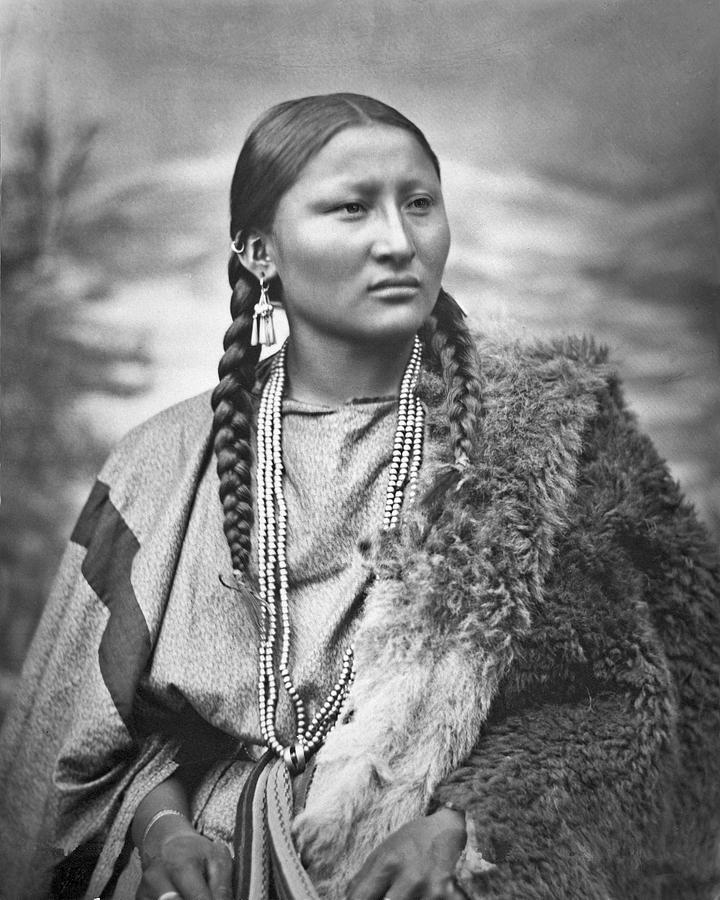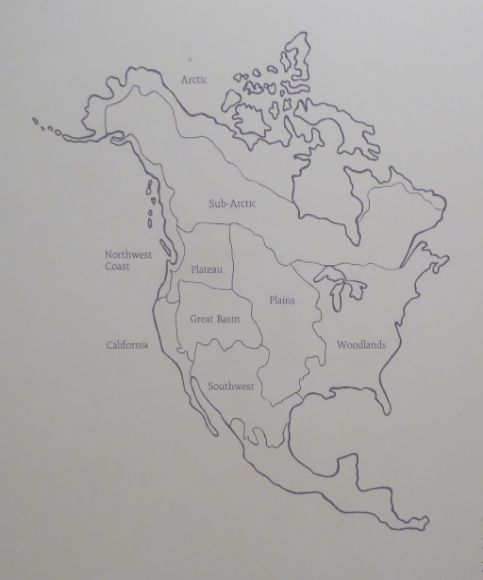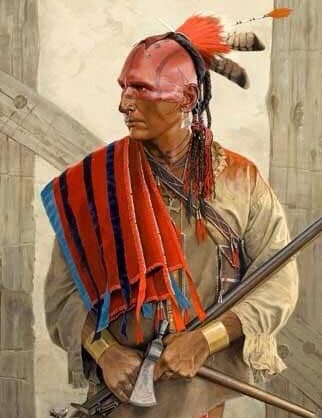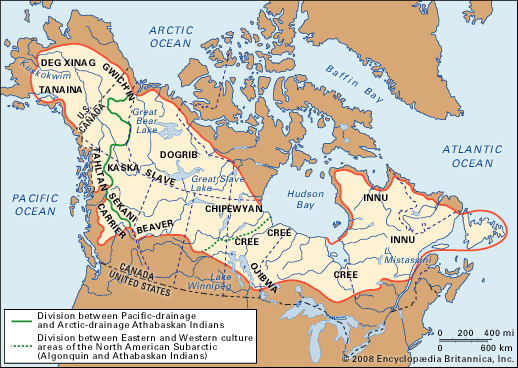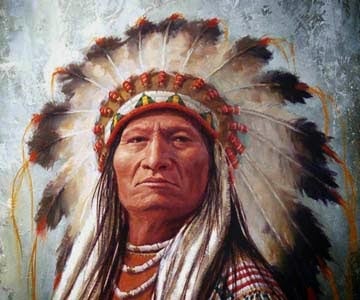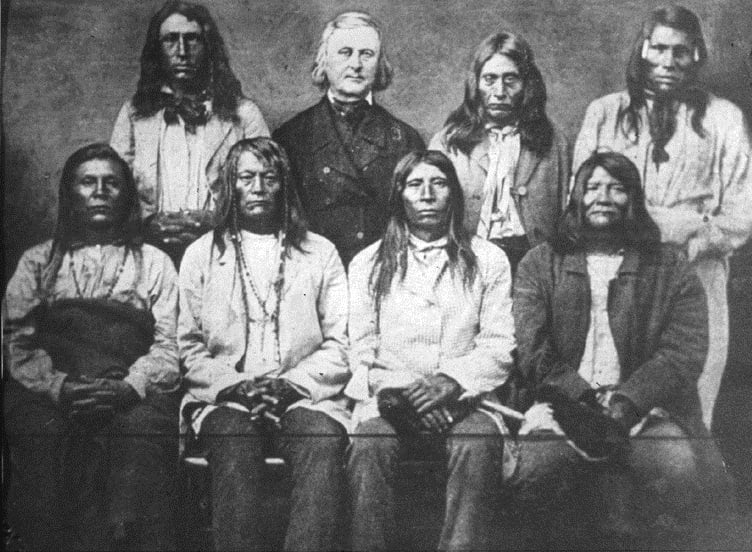Native American Heritage Day
Chief Pretty Nose, Cheyenne, 1878. https://imgur.com/gallery/CFggo Yesterday, November 24, 2017, the day after Thanksgiving, was celebrated as Native American Heritage Day. The month of November is generally designated as Native American Heritage Month. According to www.census.gov/…, the first American Indian Day was celebrated in May 1916 in New York. Red Fox James, a member of … Continued
